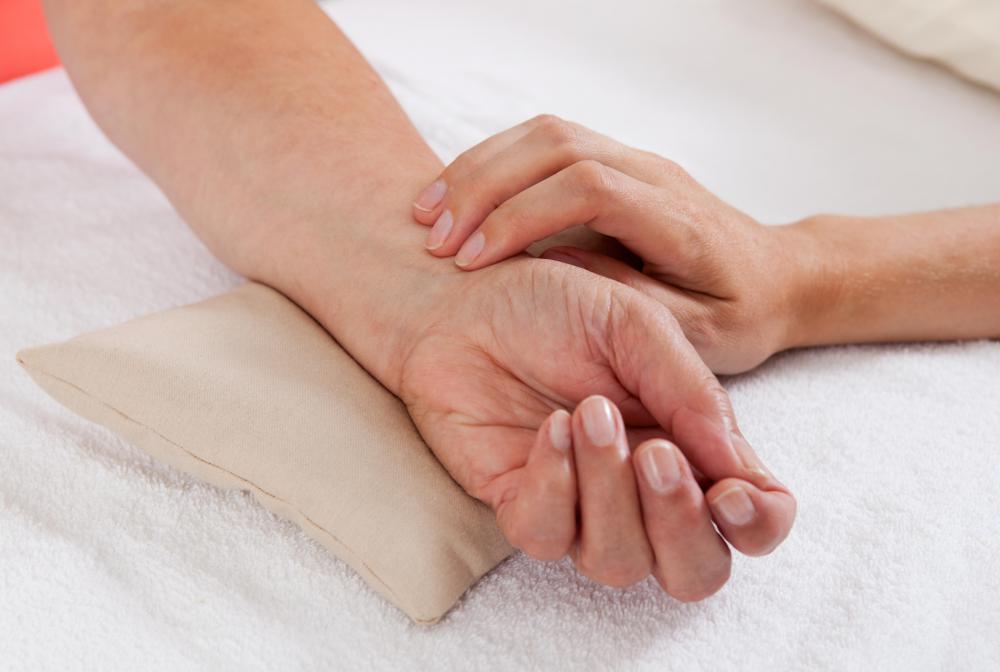At WiseGEEK, we're committed to delivering accurate, trustworthy information. Our expert-authored content is rigorously fact-checked and sourced from credible authorities. Discover how we uphold the highest standards in providing you with reliable knowledge.
What are AED Grants?
Automated external defibrillator (AED) grants are sums of money made available to help people and organizations place AEDs in public locations. The goal of grant programs is to increase accessibility, making it more likely that an AED will be available when someone needs one. Both governments and private organizations offer AED grants, and people who need grant assistance can obtain listings of grant opportunities through AED manufacturers, as well as public health organizations.
The AED is a simple device with life saving potential. Laypeople can use it by following the directions, as can first responders who lack access to a full treatment kit. When a person appears to be in cardiac arrest, people can attach leads, allowing the device to detect the heart rhythm and determine if a shock would be helpful. If it is, the device directs people to step away from the patient and hit a button to activate the defibrillator, in an effort to shock the patient's heart back into the right rhythm.

With AED grants, people can pay for individual devices, along with signage providing information about their location and how to use them. Other grants may pay for inspection and maintenance, including replacing elements of an AED kit after use and making sure all the necessary equipment is present in the AED case. People may also be able to use AED grants to pay for employee training so people working in a public space can receive information on how to use the devices in an emergency.

Local, regional, and national governments may offer AED grants. Information about these is usually available through public health agencies. These groups can provide people with applications for any grants they may qualify for and may provide assistance with filling them out. Public health agencies may also have information about training for members of the general public who want to learn to provide basic care in medical emergencies. Businesses may provide AED training to their employees, and can then support AED grant applications with evidence that their staff are trained in AED operation.

Private charitable organizations are another potential source of AED grants. Groups with public health missions are most likely to offer assistance. People will need to make sure they meet the standards before applying. People should be cautious about AED grant scams, where people claim to offer grants and require a long application with substantial personal information that the scammer can later use for activities like identity theft. To check on the validity of a grant, applicants can look up an organization with a charity rating service to make sure it is legitimate.
AS FEATURED ON:
AS FEATURED ON:













Discuss this Article
Post your comments